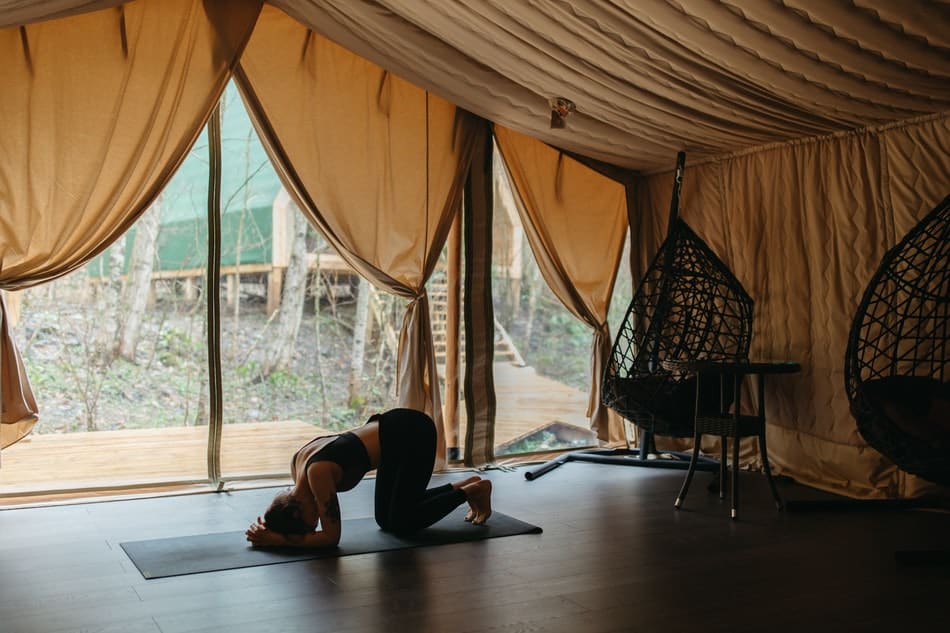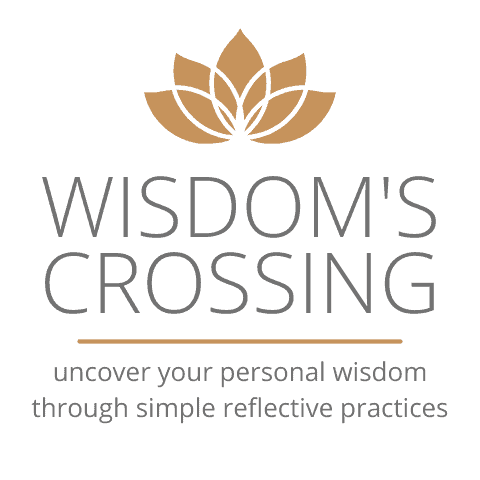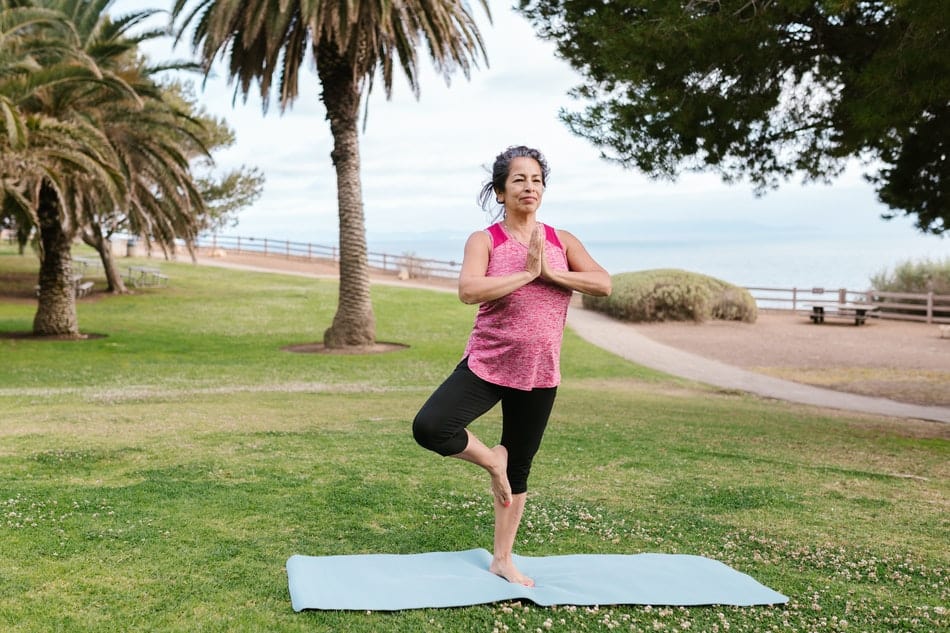How many niyamas are there in Ashtanga Yoga? There are many different schools of yoga, and each one has its own set of rules or guidelines to follow. In Ashtanga Yoga, there are several niyamas or rules to live by. These guidelines help to create a disciplined and harmonious lifestyle that is conducive to spiritual growth. In this article, I will discuss the niyamas of Ashtanga Yoga in detail!
There are five niyamas in Ashtanga yoga: Saucha which means purity, Samtosa stands for contentment, Tapas for self-discipline, Svadhyaya stands for self-study, and Ishvara Pranidhana meaning surrender to God. Each of these niyamas is essential for a balanced, healthy life.
What Are The Niyamas In Yoga?
Niyamas are the second limb of yoga and are personal restraints or observances. The niyamas help us to purify our minds and bodies so that we can better focus on our yoga practice. They also promote positive qualities such as contentment, self-discipline, and compassion. By following the niyamas, we create a strong foundation for our yoga practice and open ourselves up to the possibility of true transformation.
So, what does all this mean for you and your yoga practice? First, it’s important to understand that the niyamas are not something that you should strive to achieve overnight. They are a journey and one that will likely take a lifetime to fully realize. Second, don’t get discouraged if you find yourself struggling with one or more of the niyamas.
Remember that yoga is about progress, not perfection. third, know that the benefits of following the niyamas are well worth the effort. By making them a part of your practice, you will purify your mind and body, cultivate positive qualities and create a strong foundation for your yoga practice.

The 5 Niyamas In Ashtanga Yoga
Saucha
The first Niyama, Saucha, can be translated to mean cleanliness or purity. This refers not just to physical cleanliness, but also to mental and emotional purity. It’s the idea of keeping your thoughts and actions pure, and free from anything that could harm yourself or others.
Santosha
The second Niyama, Santosha, translates to contentment or satisfaction. This doesn’t mean that you should be content with all the bad things in your life, but rather that you should find happiness in the present moment and accept what is.
Tapas
The third Niyama, Tapas, translates to heat or austerity. This refers to the idea of self-discipline and commitment. It’s about pushing yourself to do your best and never giving up, even when things are tough.
Svadhyaya
The fourth Niyama, Svadhyaya, translates to study or self-reflection. This is about taking the time to learn more about who you are and what your purpose is. It’s about constantly striving to better yourself, both mentally and spiritually.
Ishvara Pranidhana
The fifth and final Niyama is Ishvara Pranidhana, which translates to surrender or devotion. This is about letting go of your ego and humbly accepting that there are things in this world that are beyond your control. it’s about surrendering to a higher power and trusting that everything will work out in the end.
These are the five Niyamas of Ashtanga Yoga, and each one plays an important role in helping you live a happy and fulfilling life. So make sure to keep them in mind next time you hit the mat!

Tips For Practicing Niyamas
When it comes to the niyamas, there are a few key things to keep in mind. First and foremost, remember that these practices are meant to help you connect with yourself on a deeper level. As such, it’s important to approach them with an attitude of openness and curiosity.
Try not to get too caught up in the “shoulds” and “musts” of the niyamas. Yes, they are important guidelines for living a yogic life, but they are also flexible enough to be adapted to your unique circumstances and needs. So if something doesn’t feel quite right for you, don’t be afraid to experiment until you find a practice that does.
Here are a few tips to get you started on your niyama journey:
- Start small. If the idea of overhauling your entire life overnight feels overwhelming, that’s understandable. Just pick one or two niyamas to focus on at first, and slowly add more as you feel ready.
- Get creative. There are endless ways to incorporate the niyamas into your life – it’s all about finding what works for you. If you’re not sure where to start, try looking for inspiration online or in books about yoga and meditation.
- Find a community. Practicing the niyamas can be even more powerful when you do it with others. See if there are any yoga or meditation classes in your area, or look for online groups that you can connect with.
By following these tips, you’ll be well on your way to incorporating the niyamas into your life in a way that feels right for you. Remember, there is no “right” way to do this – just explore and see what works for you.
Can I Apply Yoga Niyamas To My Everyday Life?
The answer is a resounding yes! You can start practicing the yoga niyamas in your everyday life right now, and you don’t even need to go to a yoga class or buy a yoga mat.
Set aside sometime each day for yourself. This can be as little as five minutes, but it’s important to have some time each day when you can focus on your breath and connect with your body. Make sure to eat healthy, nutritious meals. Nourish your body with whole foods so that you have the energy to practice yoga and live your life to the fullest.
Final Words
There are five niyamas in Ashtanga Yoga. These niyamas help to cultivate a healthy and balanced lifestyle both on and off the mat. When you practice these niyamas regularly, you begin to see positive changes in your physical, mental, and emotional health. You become more aware of your thoughts and actions, and you start to live with more intention. The niyamas provide us with guidelines for how to live a good life – one that is full of joy, happiness, and peace.
Related Articles

